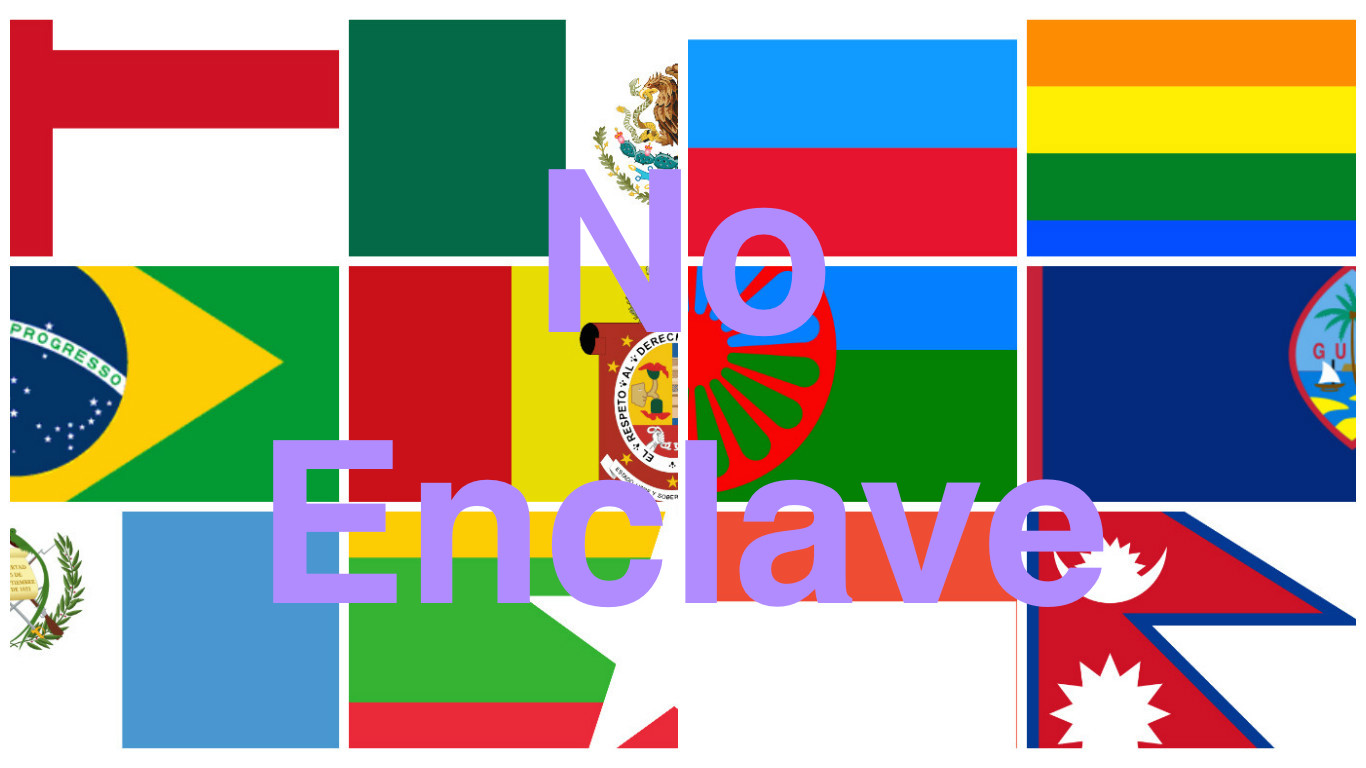
In 2010, 100,200 Burmese were counted by the US census and 15% of them lived in California. What “Burmese” means is slightly more complicated than it seems. Although “Burmese” refers to any citizen of Burma/Myanmar, regardless of ethnicity, the concept is closed entwined with that country’s dominant Bamar ethnic group (from whom both “Burma” and “Myanmar” are both derived). I’m aware that some people prefer “Myanmar” to “Burma” — but I will use “Burma” and “Burmese” until I come across at least one incident of someone referring to something or someone as “Myanmarese.”
In the US, too, many Burmese are Bamar but a large percentage are ethnic Chinese. As of 2010, there were 6,109 Burmese of any ethnicity living in the Los Angeles-Long Beach-Santa Ana metro area.
BURMESE HISTORY
Although the oldest known human settlements were established in Burma 13,000 years ago, the historic record begins in the 2nd Century BCE, when the Pyu entered the Irrawaddy Valley. By the 4th Century CE, the Pyu had adopted Buddhism and established several city-states. In the south, the Mon established their own city-states along the coast in the 9th Century, having arrived from the east. It was also in the 9th Century that the Bamar entered the upper Irrawaddy Valley, whose Pagan Empire (1044–1287) was the first to unify the region. After the empire’s collapse, stability returned with the Toungoo Dynasty (1510–1752). The Konbaung Dynasty (1752–1885) ended with after First Anglo-Burmese War (1824 to 1826), followed by the Second Anglo-Burmese War (1852 to 1853), followed by the Third Anglo-Burmese War (1885 to 1886), after which Burma remained under British occupation, who made it a province of British India.
In 1942, a Japanese occupation replaced the British one but their colonial relationship only lasted until 1945, when they were routed by the Burma National Army. Independence was restored to Burma in 1948, although the US-backed Kuomintang of China controlled areas in the north. The political situation in Burma was never stable and since 1962 Burma has been misruled by various military leaders whose dictatorships have left it one of the most underdeveloped nations in the world.
Thankfully, since 2010 there have been some reforms in the country, including the release of pro-democracy leader Aung San Suu Kyi, amnesty of 200 other political prisoners, general elections, relaxation of press censorship, and establishment of the National Human Rights Commission. However, Human Rights Watch and the National League for Democracy have remained critical of continued abuses of the Burmese people and both the UNPO member nation Chinland and non-member Kayin State continue to struggle for peace and independence.
IMMIGRATION TO THE US
The first Burmese to come to the US did so as students. The first was Maung Shaw Loo, who in 1858 enrolled at Pennsylvania’s University at Lewisburg (now Bucknell University). In 1867, armed with a degree in medicine, he returned to Burma. The first major wave of Burmese immigrants came in the 1960s. Most were ethnic Chinese who fled as refugees after Burmese military leader Ne Win established martial law in 1962 and even more so after anti-Chinese riots erupted in 1967. In 1988, Bamars, Kayins, and other Burmese people began fleeing Myanmar in large numbers following a national uprising and increased fighting in the Karen Hills.
As of 2010, there were 100,200 persons of Burmese origin living in the US and the largest concentration was in the San Gabriel Valley, especially in the cities of Monterey Park, Rosemead, and San Gabriel. The local population is still rather diffuse, however, and aside from a small cluster of Burmese businesses along Garvey Avenue, most are spread out around the San Gabriel Valley although there are a couple of Burmese businesses on the Westside.
Outside of Southern California, significant Burmese populations can be found in the San Francisco Bay Area; New York state; Clarkston, Georgia; the Washington, DC area; Fort Wayne, Indiana; Chicago, Illinois; Cleveland, Ohio; Dubuque, Iowa; Indianapolis, Indiana; Tulsa, Oklahoma; Dallas, Texas; Houston, Texas; Raleigh, North Carolina; and Bowling Green, Kentucky.
One of the first prominent Burmese Angelenos was Sephardic-Karen beauty pageant winner and rebel leader Louisa Benson Craig. She was born in Rangoon in 1941. She was crowned Miss Burma in 1956 and 1958. After college at Tufts University, she returned to Burma and got involved with the Karen National Liberation Army. Her husband was killed by Burmese soldiers in 1965 and she assumed command of the 5th Brigade. In 1967, she remarried and settled in Los Angeles where she co-founded the Burma Forum and later served as a board member on the US Campaign for Burma. Her daughter, Charmaine Craig, appeared in a few episodes of the final season of Northern Exposure. She died in 2010.
BURMESE CULTURE
It’s been said that cultural stereotypes can serve in the culture’s favor when its exported abroad. Although simplistic and reductive, American stereotypes about British, Chinese, French, Italian, Japanese and many other cultures have helped them cultivate a following which has, in turn, sustained them and allowed western appreciations of them to grow more nuanced. Cultures like Burma, on the other hand, suffer in some ways because of their obscurity.
On the other hand, the average American may have no associations with Burma beyond Burmese cats or pythons. If they read the news (or watched Rambo), they probably know a little about the pro-democracy movement and perhaps they’ve heard of Aung San Suu Kyi. If they read National Geographic, they might have seen pictures of Kayin women in brass neck rings although at the same time they might have no awareness of in what country they live. Speed-tourists who “do” countries, rather than immerse themselves in them, might remember Burma as the place where many of the locals wore thanaka face paste. Sadly, since food is the greatest ambassador of just about any culture, most Americans have no associations with Burmese cuisine.
BURMESE HOLLYWOOD
Burmese Cinema began in 1920 when Art U Ohn Maung filmed the funeral of independence movement leader U Tun Shein. Ohn Maung then founded The Burma Film Company where he directed and produced films. Burma’s first feature film was Ohn Maung’s Love and Liquor (မေတ္တာနှင့်သူရာ), also filmed in 1920. Since the 8888 Uprising, film production has been tightly controlled by the Burmese government.
Los Angeles has been home to a handful of Burmese film and television figures including Jewish-Burmese actor Abraham Sofaer, Burmese-born/San Gabriel Valley-raised actor, Adrian Zaw, television personality Julie Chen, and Australian-Burmese actress Stephanie May Kutty.
BURMESE CUISINE

Around Los Angeles, there are several Burmese restaurants to satisfy one’s tastebuds and curiosity. About one third of Burmese are of the Shan, Kayin, Rakhine, Chinese, Mon, Kachin, Indians, Kayah or other another minority and these people all have their own culinary traditions, but with relatively few in the Southland, our options are more probably more mainstream Burmese — and likely Americanized to varying degrees.
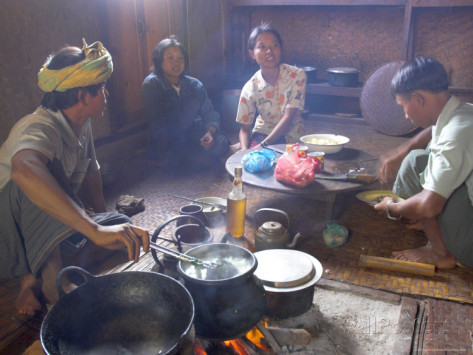
That being said, most types of Burmese cuisines have certain commonalities. Burma is situated between several culinary titans — China (specifically, Yunnan), India (specifically, the Seven Sister States), Thailand, and Vietnam — and not surprisingly Burmese dishes bear the influence of all. Burmese food is generally mildly spiced and a typical meal consists of curry, soup, rice, tea leaf salads, and balachaung — a side dish usually made with fried vegetables and shrimp powder. The “national dish” is mohinga, a rice noodle catfish soup typically eaten, like the not dissimilar phở, at breakfast.
In all likelihood, the now-closed Golden Triangle was the first Burmese restaurant in Los Angeles County. It opened in Whittier in 1991 and remained in operation until around 2013 when it was replaced by a Thai restaurant.
Since the closure of Golden Triangle, Yoma Myanmar Restaurant is the oldest local Burmese restaurant, established by Kachin State-native Z Gyung “Joan” Lam in 2001. It has a fairly large menu which includes a breakfast section and a large selection of salads (including lemon, pennyworth, green bean, pon-ye-gyi, tomato, potato, ginger, tea leaf, preserved egg, samusa, pork ear, bean vermicelli, shrimp, and more), curries (street pork, shan hkat, chicken ton yam, chicken gizzard, steam hilsa, goat, as well as a separate section for spicy curries).
Praise has come from food writers James Gordon (The LA Weekly) and Tony Chen (Eater LA). It’s served by Metro‘s 70 and Rapid 770 lines.
Daw Yee Myanmar Café has a young vibe (there was R & B playing when I visited) and does delivery. The restaurant is run by Delyn Chow and named after his mother. Although only the samosas and fried tofu are listed on the menu as vegan, there are many dishes which appear to be vegetarian including the deserts, several of which are made from coconut milk, pandan, and tapioca. Their specialties include curries (egg curry (hard-boiled and deep-fried), fishcake, vegetable (okra, eggplants, potatoes, lentils, and daikon), chicken, beef, mutton, pork, and prawn. Daw Yee has found favor with Anne Fishbein and Besha Rodell (both of the LA Weekly), and Tony Chen (Eater LA). It’s served by Metro‘s 70 and Rapid 770 lines. UPDATE: Closed in October 2017.
Fuji West opened in San Gabriel in 2013 and offered both Burmese and Japanese food before ditching the latter and changing its name to Rangoon Kitchen. Then, in 2014, it relocated to West Covina. They have a buffet, which is generally a good way to figure out which Burmese dish is right for you. It was praised, in it’s Fuji West incarnation, by food writer Clarissa Wei in a piece she wrote about several Burmese restaurants. It’s severed, in its current West Covina location, by Foothill Transit‘s 178, 185, 272, 281, 480, 488, and 707 lines.
Golden Owl is small, clean and cute. It has a small menu, including several vegan and vegetarian dishes, including a coconut tofu noodle soup, a rainbow salad, and a vegetable rice bowl, among other dishes. I had the vegetarian version of the mohinga, the samosa salad, and a fried tofu noodle dish. All three were quite good and if I had to pick a favorite it would be a toss-up between the mohinga and the samosa salad.
The owner, Shwe Lynn Chin, is herself a vegetarian but even the meat dishes are designed to be light and healthy. Chin continues to tinker with and perfect the menu. The sandwiches were scratched off, the delicious samosa salad was brand new, and she said that a tea leaf salad is in the works. The restaurant’s praises have been sung by CJ Greenspan (KPCC‘s Off-Ramp) and Christine Chiao (LA Weekly). Golden Owl is located right next to a stop of Foothill Transit‘s 178 line. (UPDATE: Golden Owl closed in early 2019).
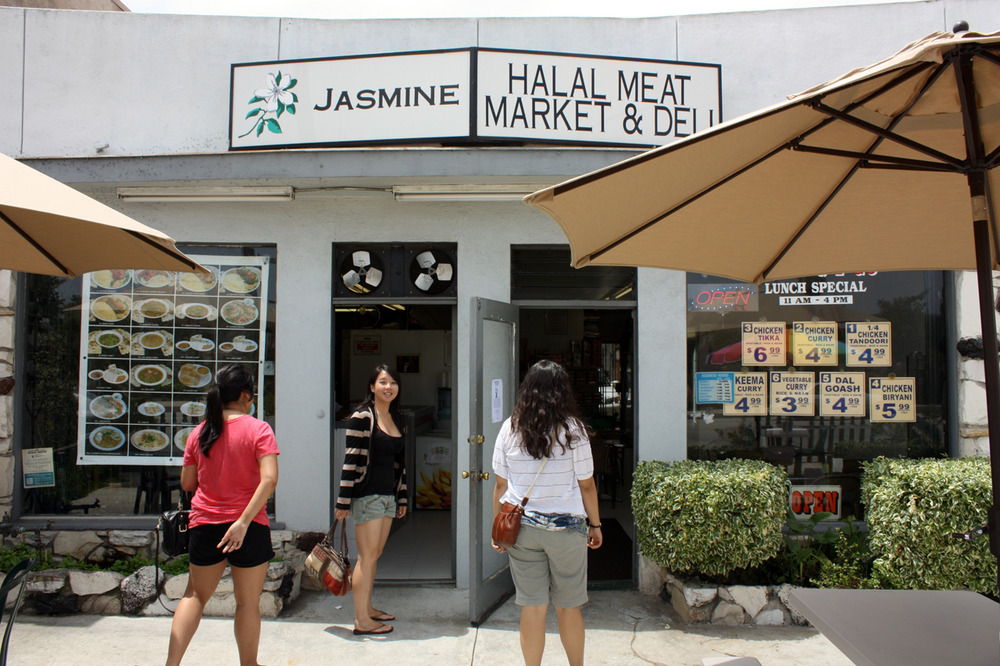
Outside of the San Gabriel Valley, there are only a couple of Burmese places — both of which have roots with Myo Aung. First, the chef established Jasmine Market, located in Culver City, which has kabobs, tandoori, chicken biryani, kauswe, and more. It was sold around 2007 and subsequently positively reviewed by Jonathan Gold. Jasmine is served by Culver CityBus‘s 1, 6, 6R, and 7 lines as well as LADOT‘s Commuter Express 437 line.

After selling Jasmine, Myo Aung opened Mutiara Food & Market in Inglewood. Yelp reviews of it mention Bangladesh, China, India, Malaysia, Singapore, Thailand and usually, halal meats. One review, which Yelp chose to hide for whatever reason, simply stated “Pan-ASEAN” which seems a fairly accurate and helpful way of describing the restaurant and market. It was positively reviewed by food writer Miles Clements (LA Times) both it and Jasmine stock a few South and Southeast groceries. Mutiara Food & Market is served by Metro‘s 40, 111/311, 115, 211/215, 212/312, 442, 607, and Rapid 740 lines.
Good reviews and glamorized spectacular visual presentations of food are all well and good but they don’t keep restaurants in business so I heartily encourage you to regularly patronize as all of the Burmese restaurants and help sustain Los Angeles’s increasingly unparalleled culinary diversity.
UPDATE! Since originally publishing this piece, at least three more Burmese places have opened:
- Ah May Myanmar Restaurant (Rosemead) opened — and then closed! (2017-2018)
- Cetana Mon Myanmar Restaurant (El Monte) Served by Foothill Transit’s 270 line.
- Daw Yee Corner (Silver Lake) Served by Metro’s 2, 4, 201, 302, and Rapid 704 lines.
- Irrawaddy Taste of Burma (Stanton) Served by OCTA’s 25 line.
- NADI Myanmar Cafe (Alhambra) Served by Metro’s 78 line.
BURMESE MUSIC
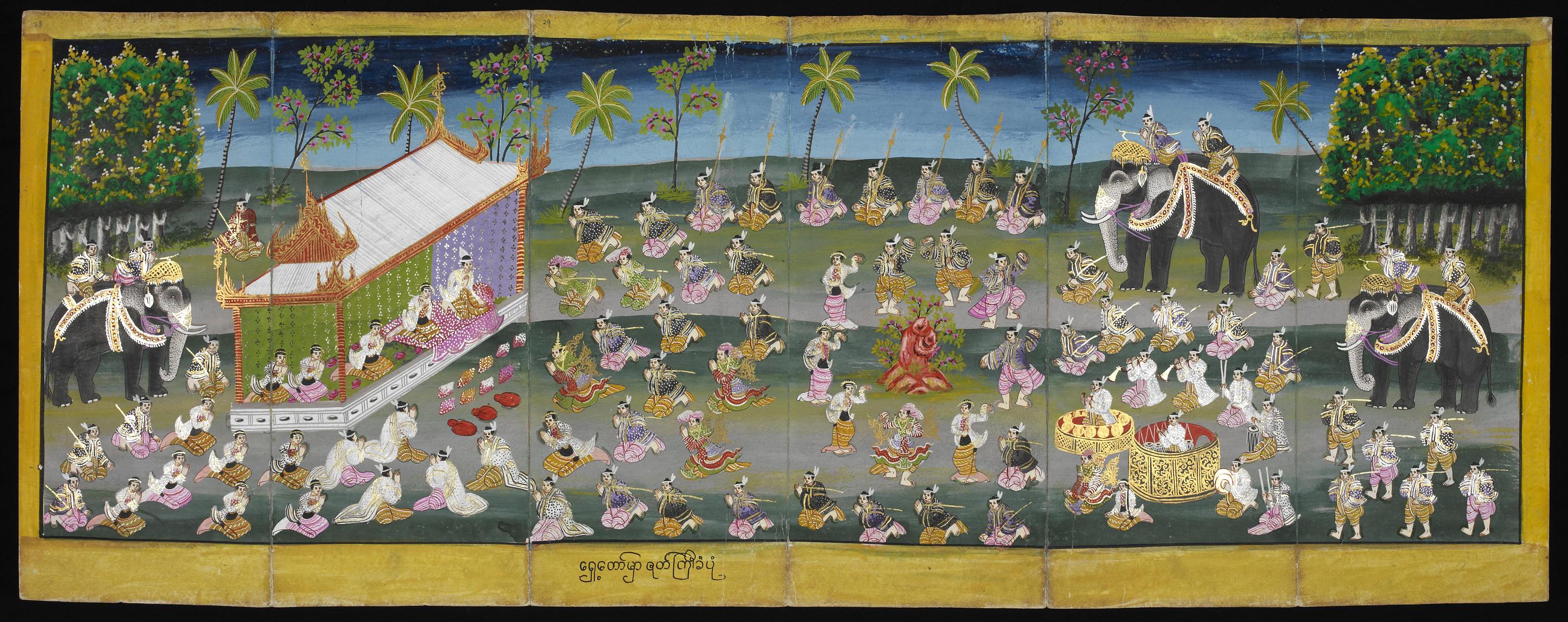
Burmese music can be divided into folk, classical, and pop. The folk music of Burma is played by ensembles known as hsaing waing.
It is characterized by sudden shifts in song structure and of the array of local instruments, the harp-like saung-gauk is probably most celebrated.
Classical Burmese music compositions are compiled in the extensive canonical work, the Mahagita.
Pop (especially K-Pop) and hip-hip dominate popular Burmese music today, and Seattle-based Sublime Frequencies’ two-volume Guitars of the Golden Triangle: Folk and Pop Music of Myanmar are popular with enthusiasts of ‘60s and ‘70s westernized-Southeast Asian rock.
Burmese Angeleno musicians include musician Becktoria and composer Emily Yang.
BURMESE DANCE
Burmese dance can be divided into folk and village, dramatic, and nat. Although all are particularly influenced by Thai dance, Burmese dances retain a distinctly Burmese style characterized, like the music, by dramatic shifts in music and an emphasis on poses. Unfortunately, I know of no Burmese dance companies and even traveling ones have rarely, if ever, graced the stages of the Southland, although there are dances at local Thingyan observances.
BURMESE FESTIVALS IN SOUTHERN CALIFORNIA
The most important Burmese festival is Thingyan, a four-or-five-day celebration tied which precedes the lunar new year also observed in Cambodia, India, Laos, Sri Lanka, and Thailand. It begins in the month of Tagu, and usually takes place in mid-April. Observance of the holiday involves water throwing, and locally observances take place annually in Rosemead and at least sometimes in South El Monte’s Whittier Narrows.
There’s also an annual Myanmar Film Festival Los Angeles, held every year since 2007 in at the Downtown Independent theater (previously the Imaginasian) and which seeks not just to serve the Burmese community but to promote Burmese culture in Los Angeles. It’s organized by Network of Myanmar American Association (NetMAA).
BURMESE TEMPLES & ORGANIZATIONS
There are only two or three Burmese temples in Los Angeles that I know of. Several Burmese Buddhist registries list Bodhi Vepullakari Monastery in Pomona, but I’m not entirely sure whether or not it’s still there. The not-always-accurate Google street view seems to suggest that it’s not.
The oldest such temple that I do know of is the Burma Buddhist Temple in La Puente. It was founded in 1980, making it the oldest Burmese monastery in the US. It is served by Foothill Transit’s 178, 280, and 486 lines.
The Myanmar Progressive Buddhist Association was founded not far away, in Monterey Park, in 1986. Later that year they purchased a house in the foothills of Azusa which became the, the grounds of which also host a modest sculpture garden. It’s not especially well-served by public transit; the nearest stop of Foothill Transit’s 187 line is located 2.4 kilometers to the south and the Metro Gold Line‘s Azusa Downtown Station (scheduled to open quite soon) is located 2.25 kilometers south.
OTHER BURMESE ANGELENOS
Other Burmese Angelenos in the public sphere include yoga instructor Ei Ei Phyoe Maung of Prem Yoga, engineer James Shwe of Maroko & Shwe, Indian-Burmese blogger Jyoti Chand of Mamajotes, makeup artist Mya Zan, and poet Tin Moe.
Other Burmese organizations include Burma Community Builders, Burmese American Medical Association of Southern California, Burmese American Muslims Association, One Myanmar Community, and Southern California Burmese Association.
Support Eric Brightwell on Patreon

Eric Brightwell is an adventurer, essayist, rambler, explorer, cartographer, and guerrilla gardener who is always seeking paid writing, speaking, traveling, and art opportunities. He is not interested in generating advertorials, cranking out clickbait, or laboring away in a listicle mill “for exposure.”
Brightwell has written for Angels Walk LA, Amoeblog, Boom: A Journal of California, diaCRITICS, Hidden Los Angeles, and KCET Departures. His art has been featured by the American Institute of Architects, the Architecture & Design Museum, the Craft Contemporary, Form Follows Function, Los Angeles County Store, the book Sidewalking, Skid Row Housing Trust, and 1650 Gallery. Brightwell has been featured as subject in The Los Angeles Times, Huffington Post, Los Angeles Magazine, LAist, CurbedLA, Eastsider LA, Boing Boing, Los Angeles, I’m Yours, and on Notebook on Cities and Culture. He has been a guest speaker on KCRW‘s Which Way, LA?, at Emerson College, and the University of Southern California.
Brightwell is currently writing a book about Los Angeles and you can follow him on Ameba, Duolingo, Facebook, Goodreads, Instagram, Mubi, and Twitter.



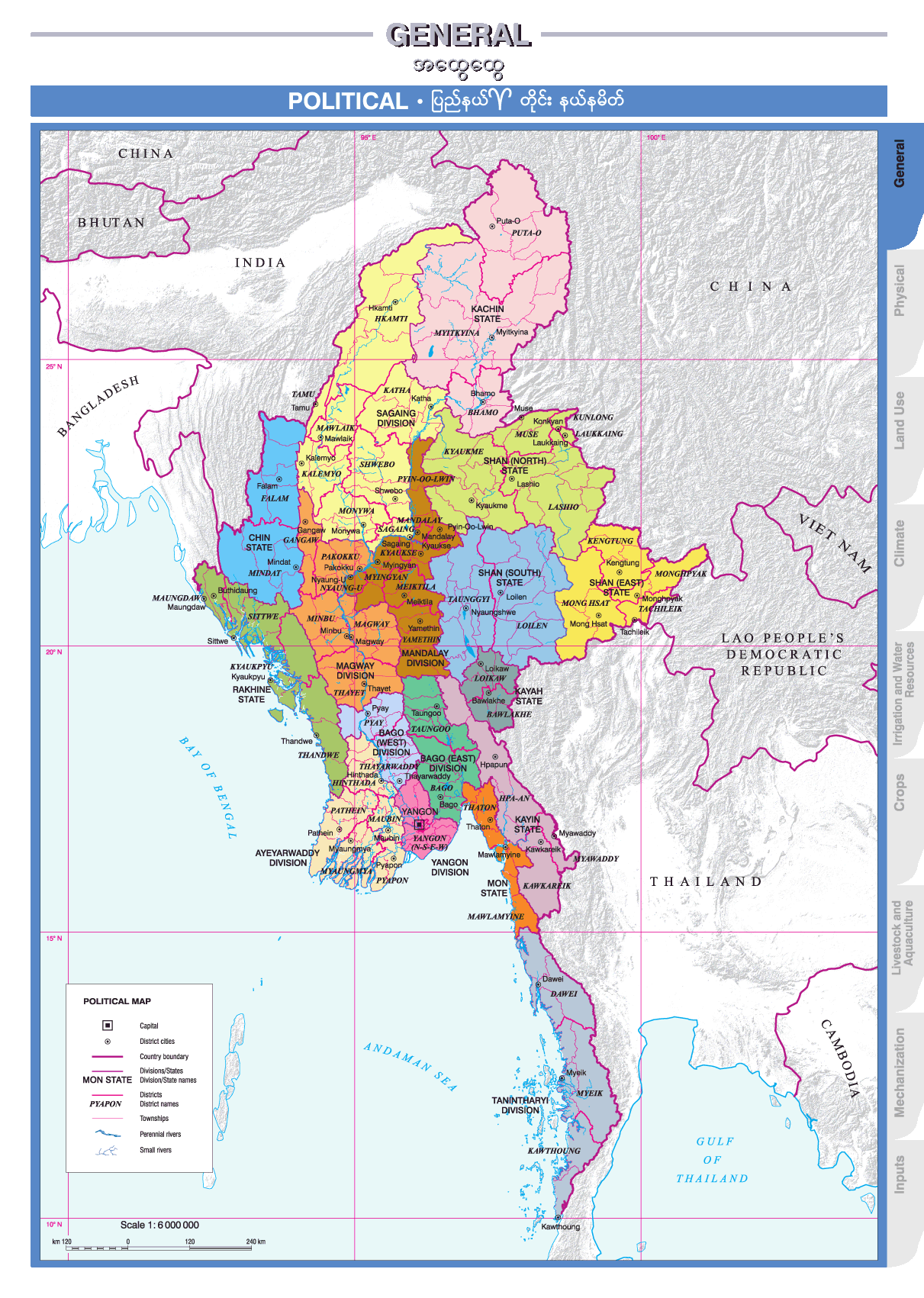
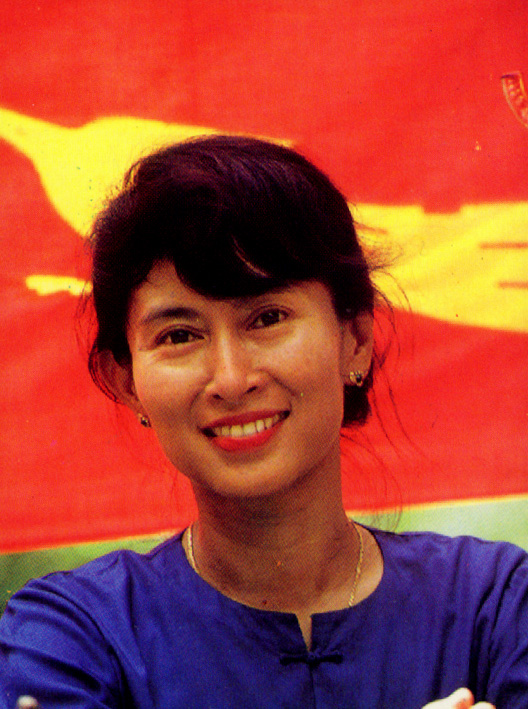
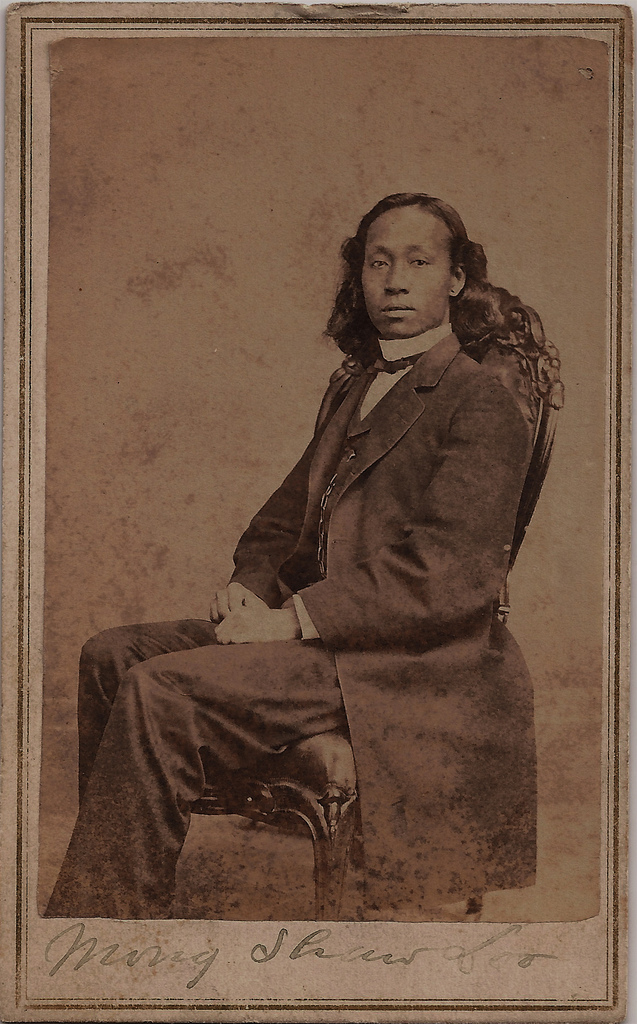
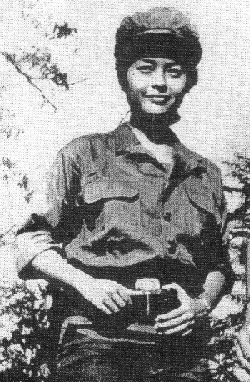

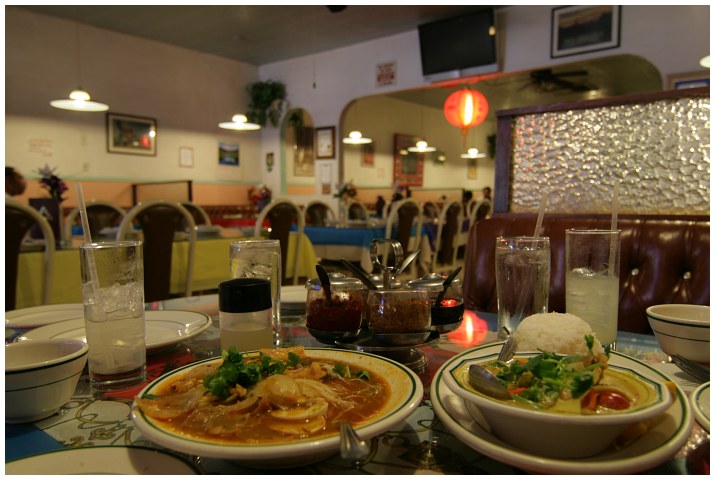
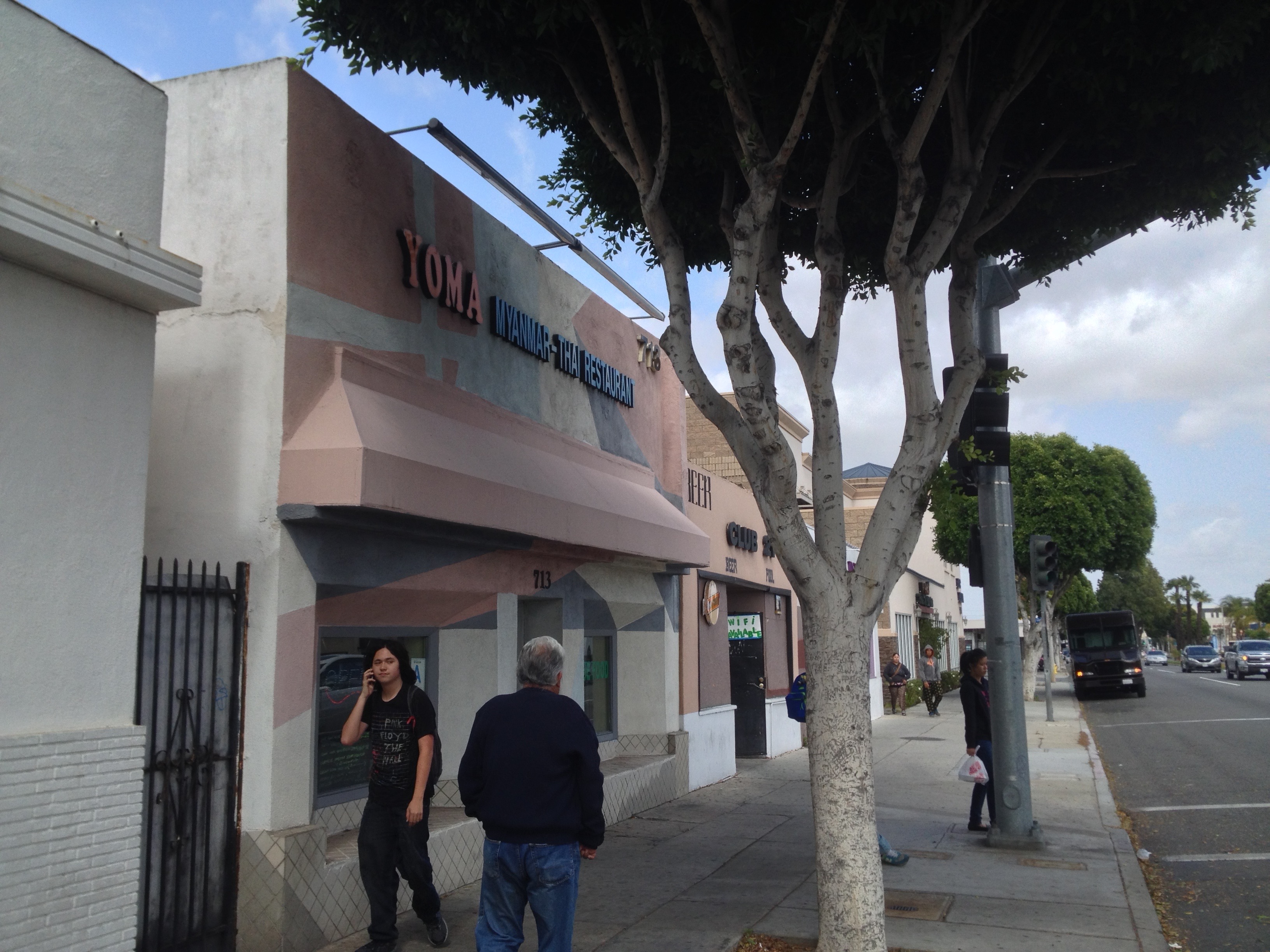
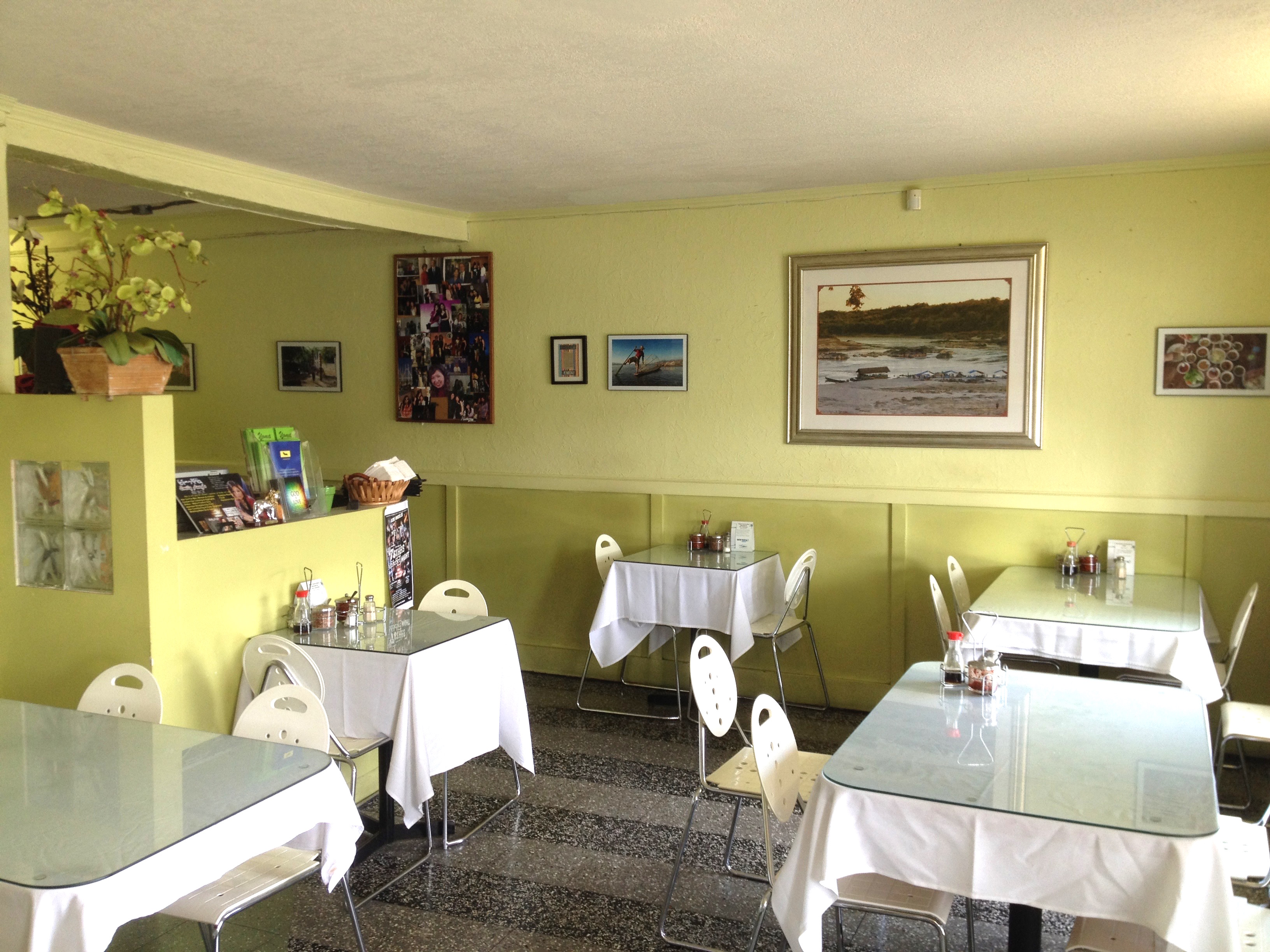

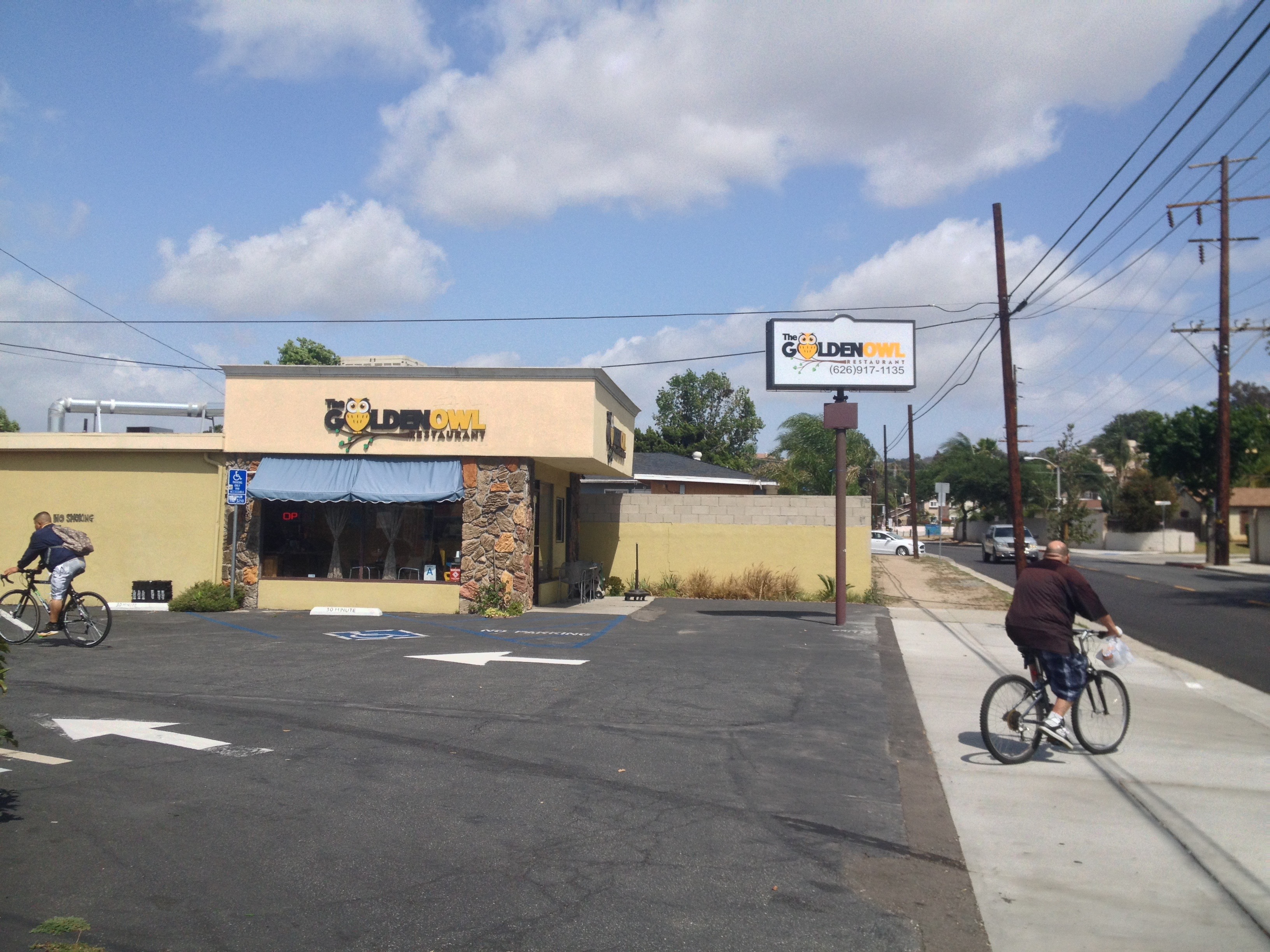
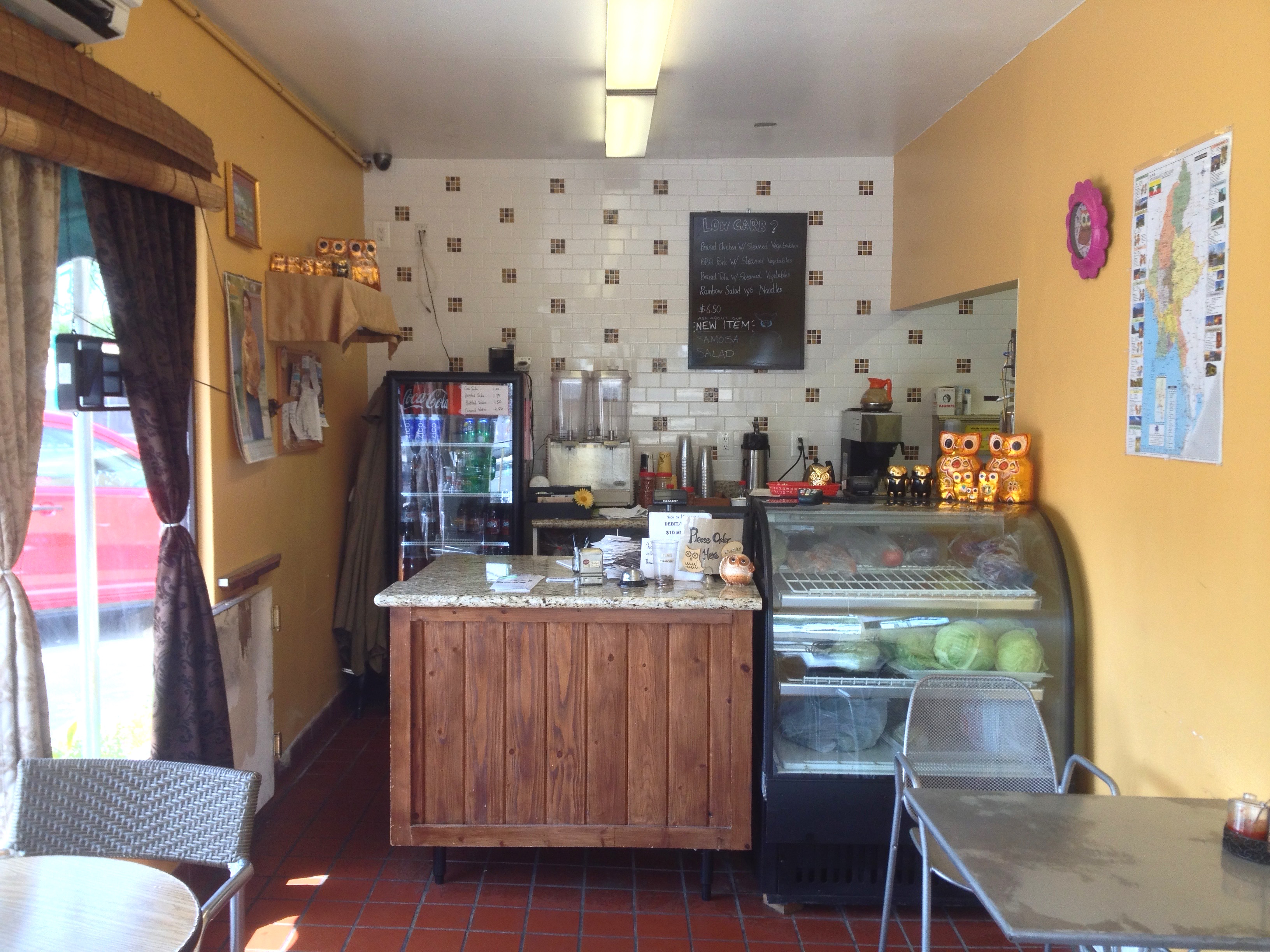
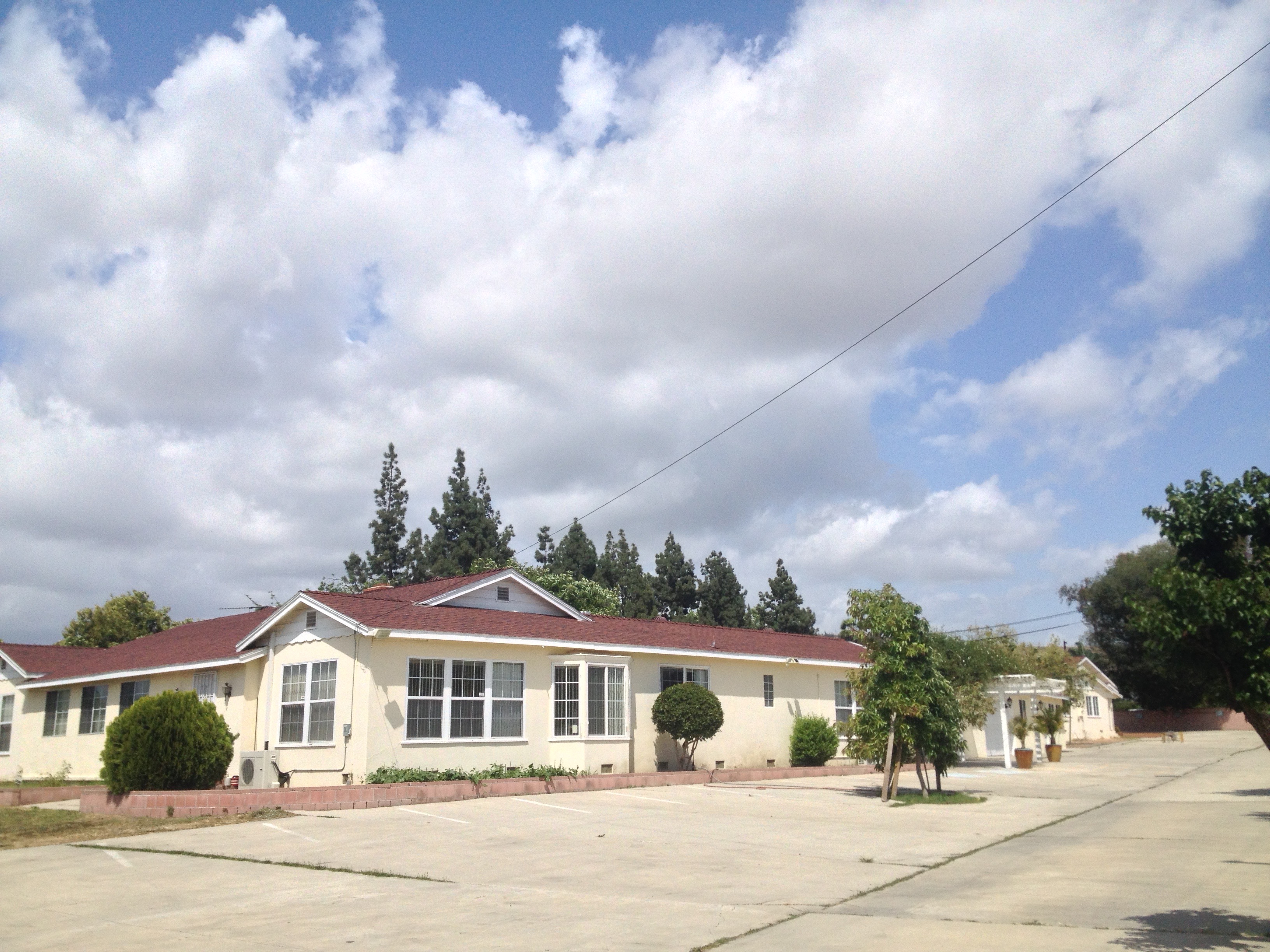
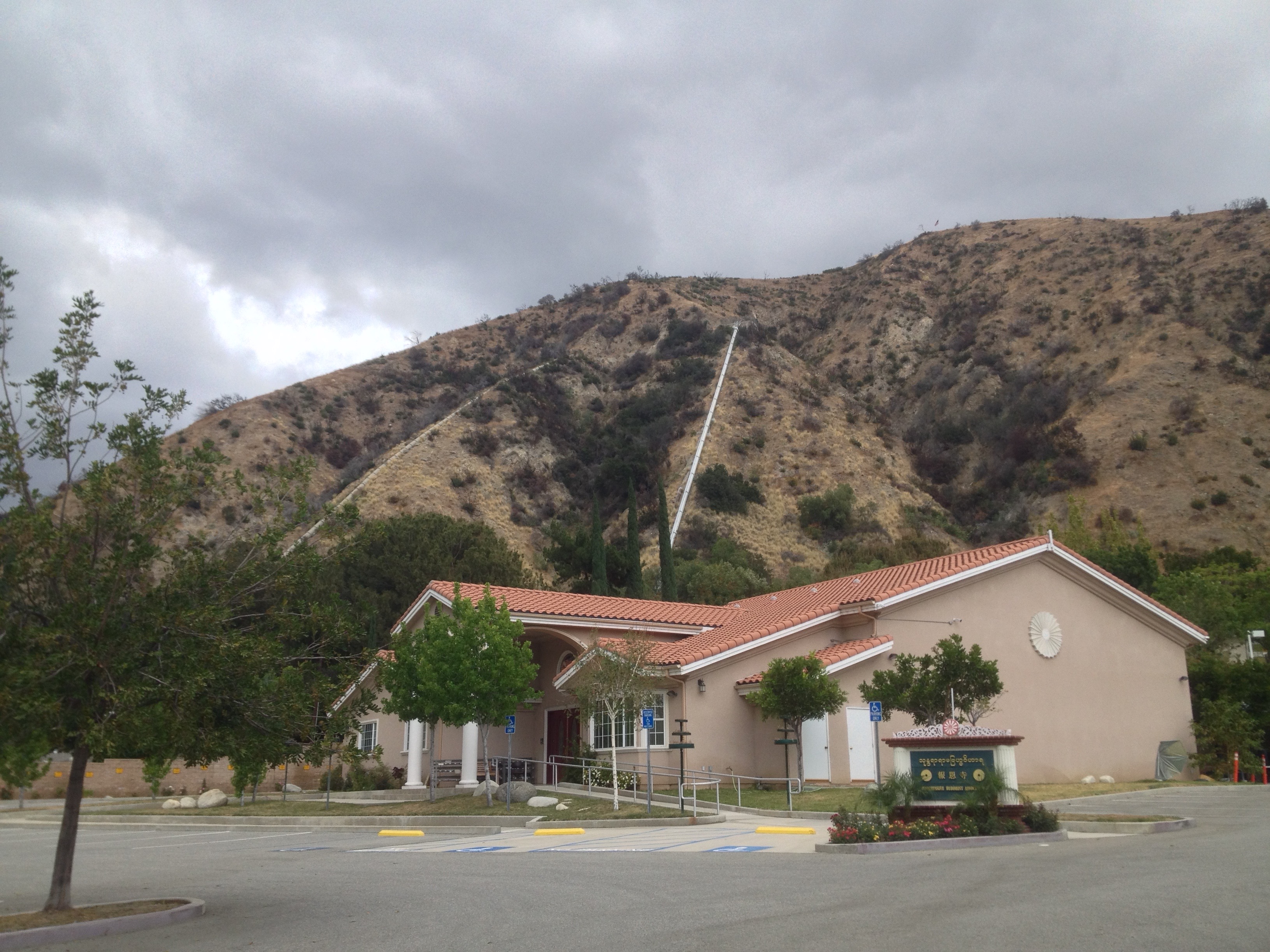
I just want to say as a Burmese American you did a great in depth job of writing about Burmese people. 🙂
LikeLiked by 1 person
Thank you so much. It means a lot to hear that and I’ll check out your site!
LikeLiked by 1 person
Ha. Thank you so much. ^^
LikeLike